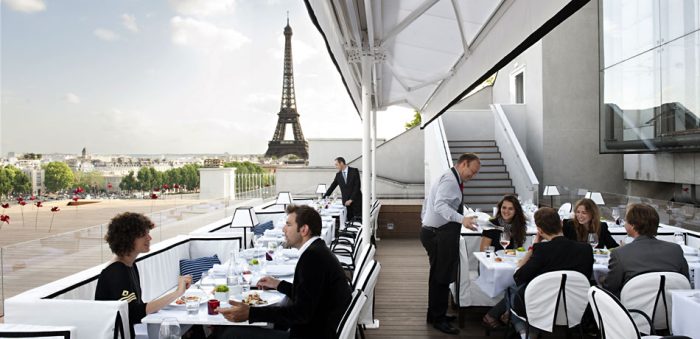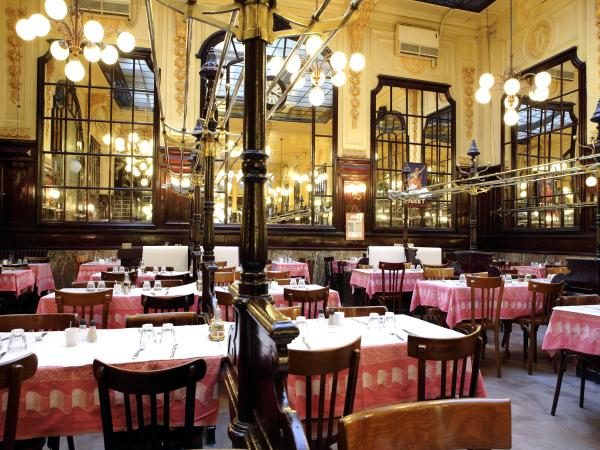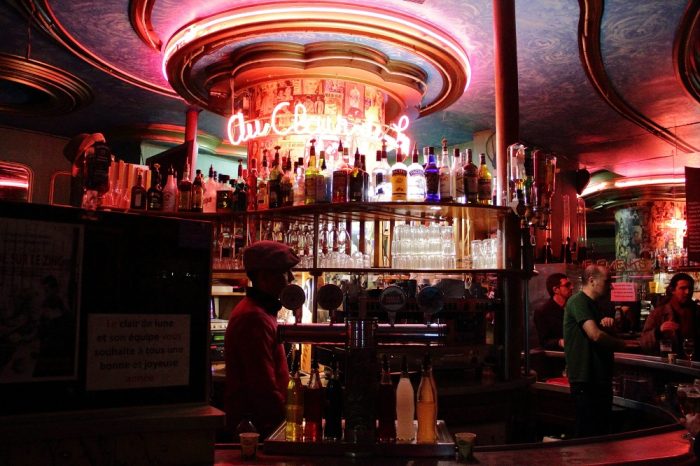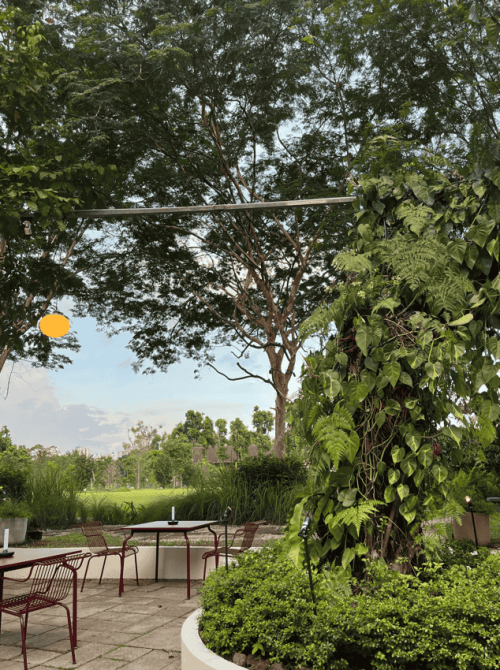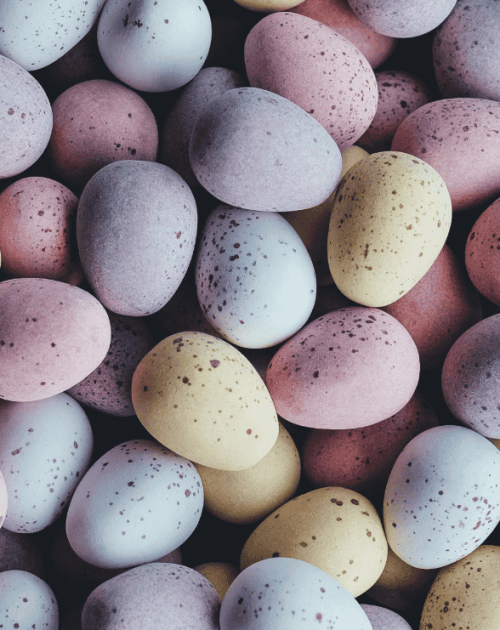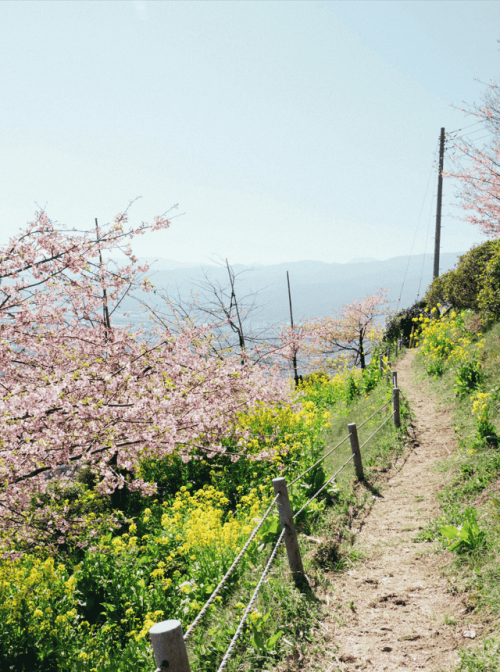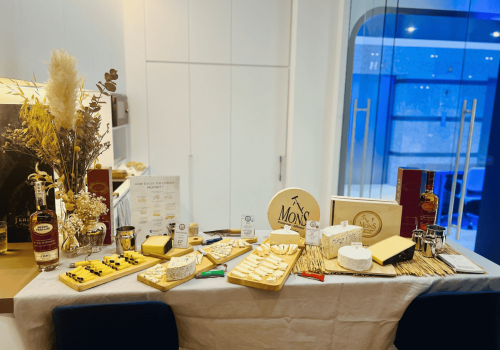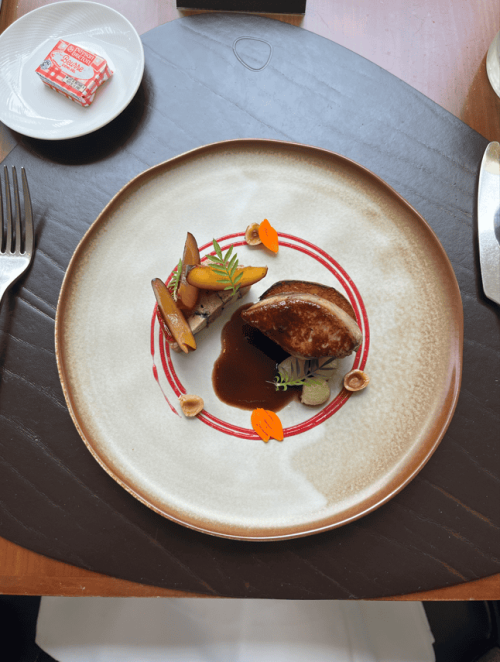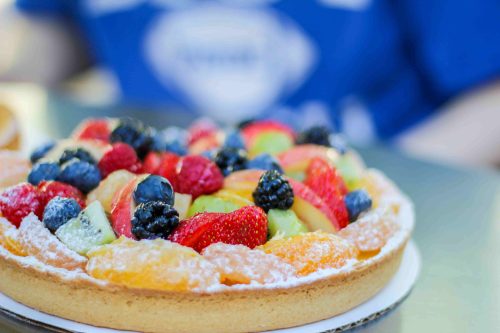So Chic Stories
Bistro vs. Brasserie: What’s the difference?
- - Gastronomy
France is famous for its cuisine, and certainly its culinary establishments. Ever wondered what the difference between a bistro and a brasserie is? Where would you go for a three-course meal – entrée, plat, dessert, just a quick bite – a delicious Croque Monsieur perhaps, or just a coffee? As much as we French people love our food, we love to talk about it, so having the right words will be important! So Chic shares here with you a quick guide to telling the difference between all these yummy establishments! Bon appétit!
In Paris alone, there are more than 5,000 restaurants, from the fancy to the rustic. Restaurants are only open at certain times of the day, for lunch and dinner service for instance, and are normally closed one day of the week. You would be able to order from a classic printed menu, and waiters and waitresses are trained and knowledgeable professionals. By law, a prix-fixe menu must be offered, although some more luxurious establishments try to conceal this.
A bistro is smaller than a restaurant and many times use chalkboard or verbal menus as opposed to printed ones. Wait staff may not be as trained as those of restaurants, and many bistros feature a more regional fare. Notable dishes include coq au vin, pot-au-feu, confit de canard, and entrecôte.
The concept of a brasserie came in the 1870s with refugees from the region of Alsace-Lorraine in the East of France. These establishments serve beer, but also wines from Alsace such as Riesling, Sylvaner, and Gewürztraminer. The most popular dishes are choucroute and seafood dishes. In general, a brasserie is open all day every day, and you can count on having the same menu.
Found in Lyon, a bouchon is a tradional Lyonnais establishment that serves traditional Lyonnaise cuisine, such as sausages, duck pâté or roast pork. The dishes can be quite rich, and are usually heavily oriented around meat and its parts. There are about twenty officially certified traditional bouchons, but a larger number of establishments do describe themselves as bouchons as well.
A café is where you will find coffee, and also alcoholic drinks (yes!). Additional tables and chairs are usually set outside, and prices are usually higher for service at these tables. There may be a limited food menu, with Croque Monsieur, salads, moules-frites. Cafés usually open early in the morning and close towards nine in the night.
A salon de thé (or teahouse) on the other hand, are more similar to cafés in the rest of the world, in that you will find a selection of cakes, simple snacks and sandwiches. Teas, hot chocolate, and chocolat à l’ancienne (a popular chocolate drink) offered as well. These locations often open just prior to noon for lunch and then close late afternoon.
Based on the American style, many bars came up in the beginning of the 20th century (particularly around World War I, when young American expatriates moved to France, particularly Paris). These locations serve cocktails, whiskey, pastis and other alcoholic drinks (yes!).
